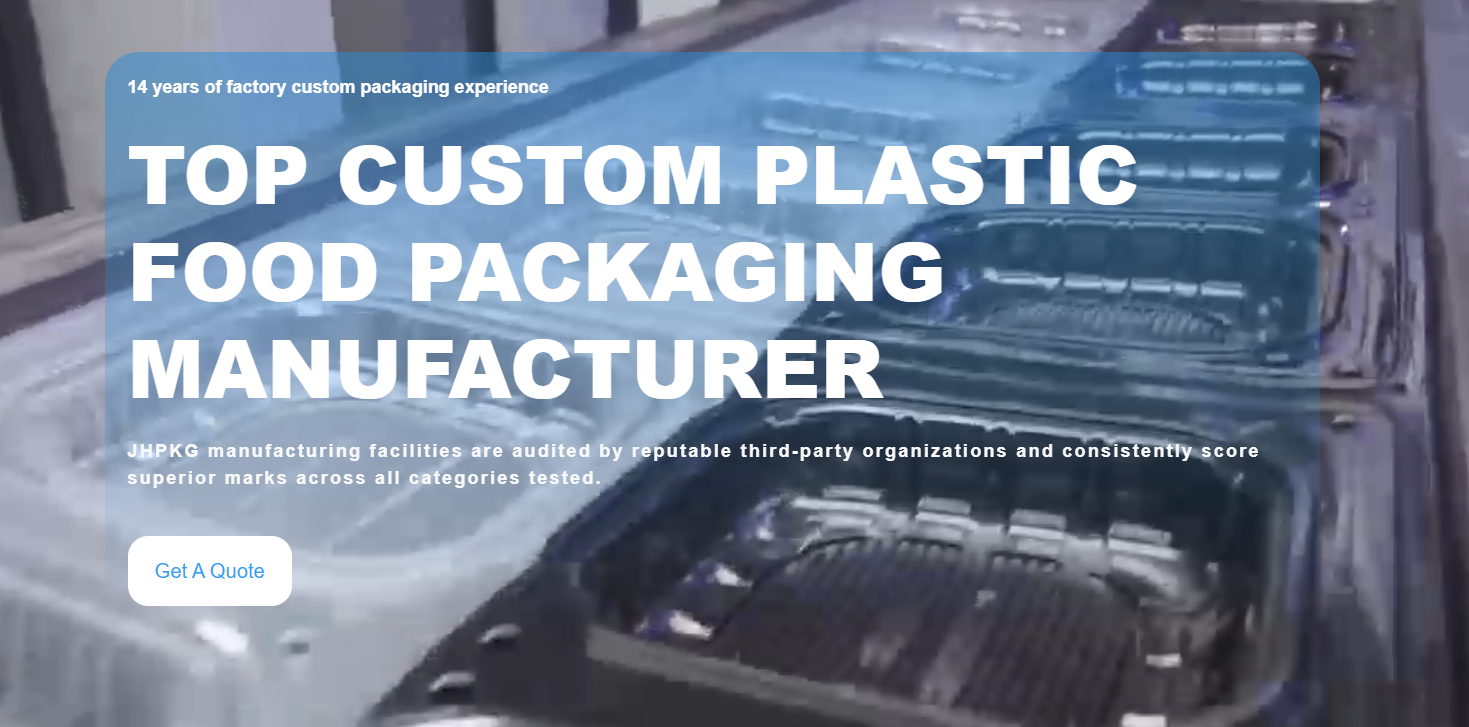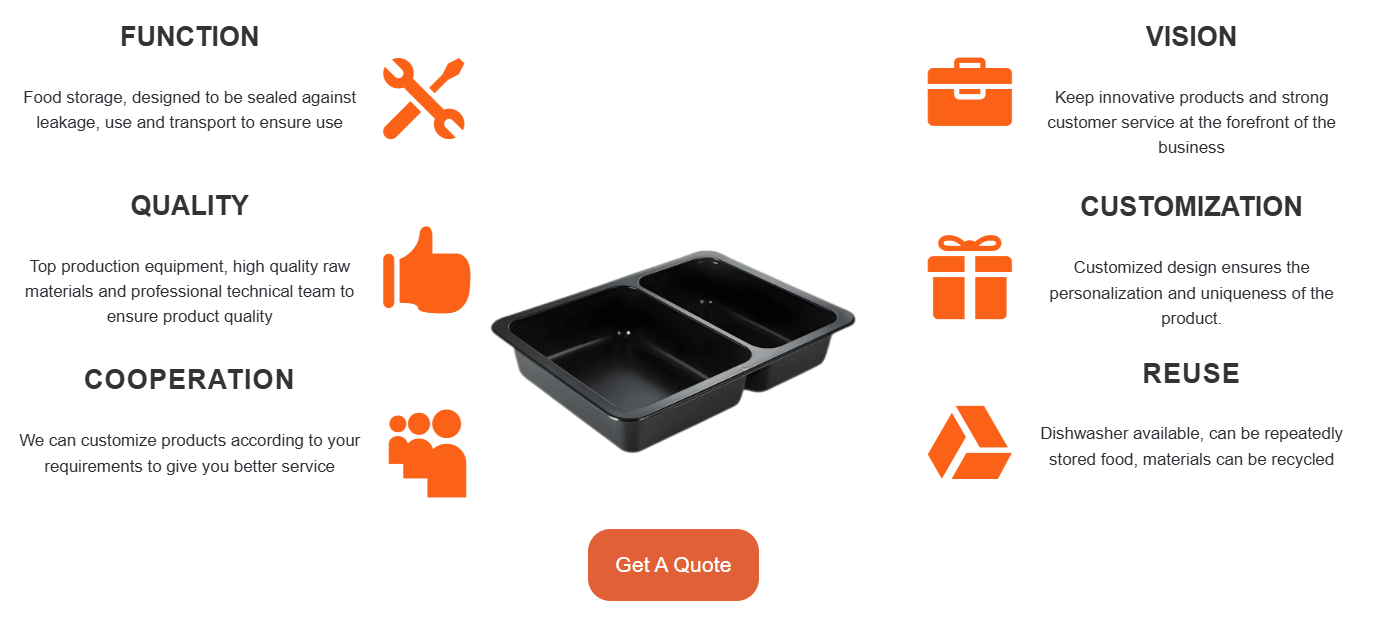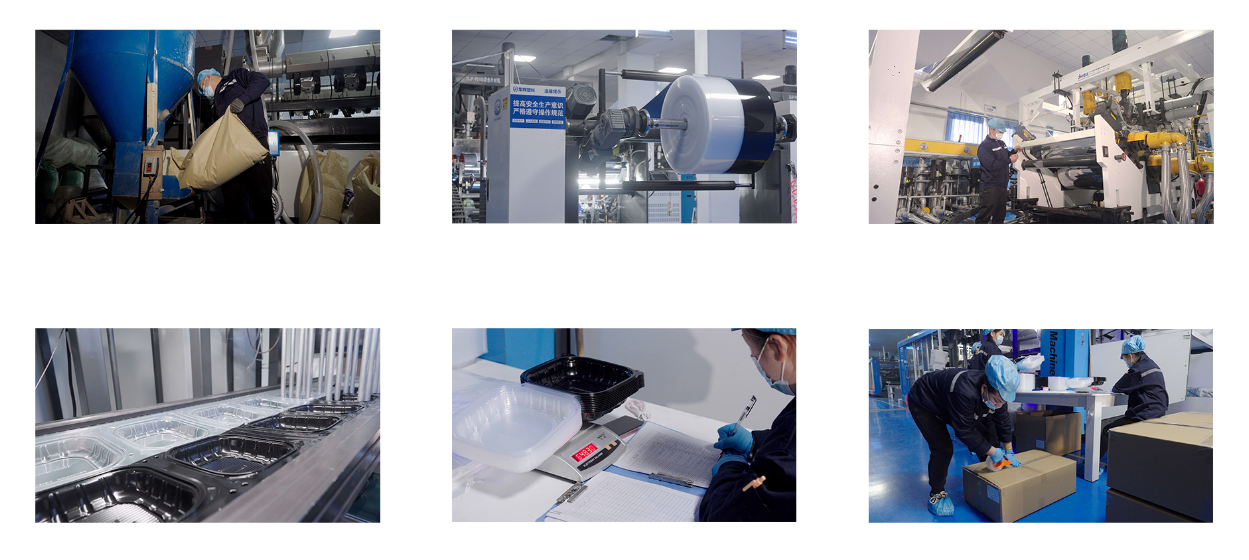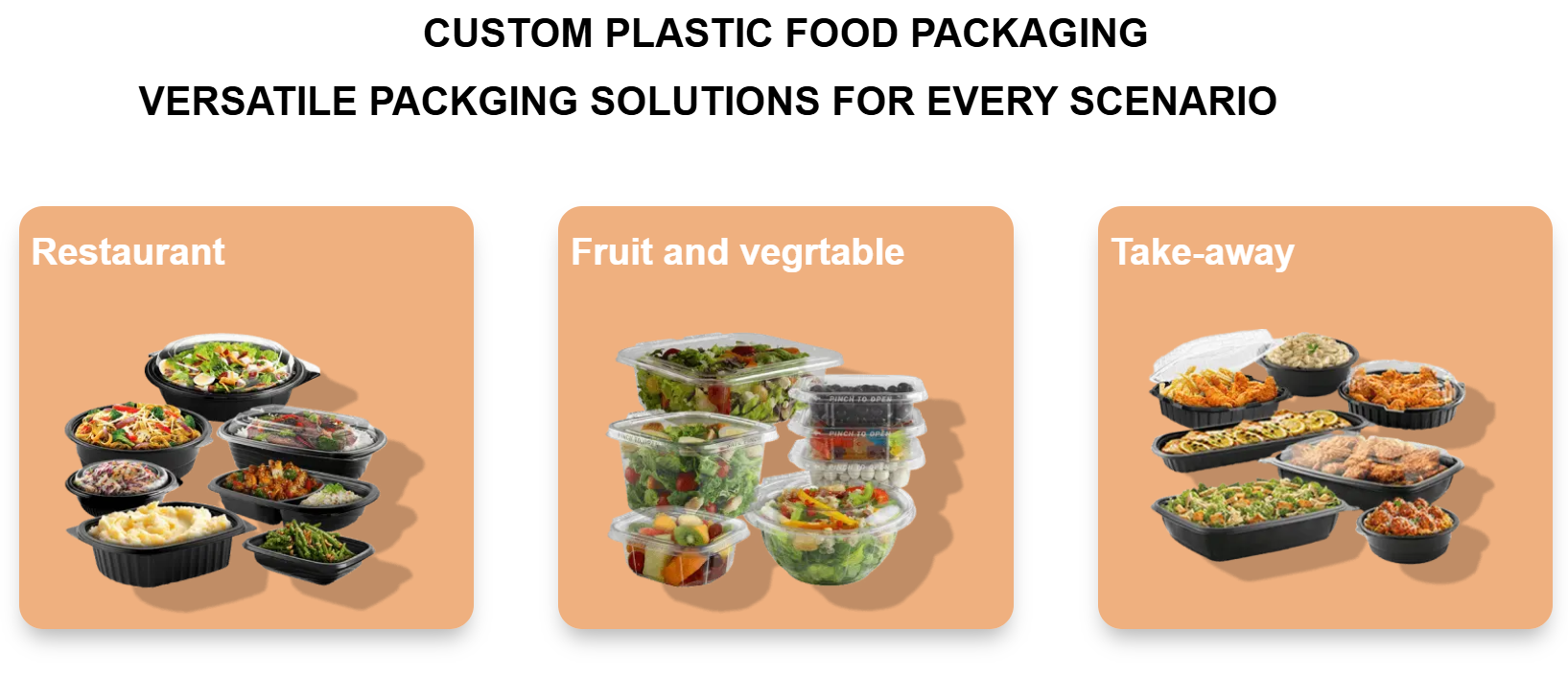Safety Certifications and Quality Assurance
When I choose a food packaging company, safety and quality are my top priorities. Certifications are not just documents—they are proof that the company has passed strict tests to ensure my food stays safe and fresh. From production to sealing, these certifications are a mark of trust. Here are the certifications I always look for:
When choosing a food packaging company, certifications matter. They show a commitment to food safety, not just rule-following.FSSC 22000 ensures food safety is built into every step of the process.SQF certification means the company has passed strict audits covering everything from production to packaging, ensuring high standards.
These certifications represent the company’s commitment to food safety. For example, an SQF certification shows that the company has undergone a complete audit of its entire system, covering food safety, quality control, and all regulations that ensure your food is safe. It’s reassuring to know they are watching every step of the process.
JHPKG
At JHPKG, safety and quality are at the core of everything we do. As a leader in packaging solutions, I understand how important it is to meet the highest standards and deliver products our customers can trust. We don’t just aim to meet expectations; we aim to exceed them. I take pride in our commitment to quality, reflected in our certifications and strict control processes. Every product we deliver is carefully inspected to ensure it’s reliable, safe, and meets global standards. With ISO 9001 certification and materials certified by FDA, SGS, TUV, and the EU, I can assure you that our packaging is built to meet the highest safety regulations worldwide, giving you peace of mind.
Our journey started in 2010 with a clear goal: to change the packaging industry through quality, innovation, and precision. Over time, we’ve earned a reputation as experts in providing comprehensive packaging solutions for various industries—healthcare, food, beverage, cosmetics, and electronics. Each challenge has strengthened our technical skills, allowing us to perfect disposable tableware through blister packaging, injection molding, and other advanced techniques. What began as a small project has grown into a leader in PP, PET, CPET, MFPP, and PS molding.
Our factory spans 40,000 square meters, a space where innovation and efficiency come together. Imagine rows of more than 100 state-of-the-art machines working seamlessly, creating precise products quickly and consistently. From coil production and product design to mold manufacturing and final product creation, we oversee each step with care. Packaging is not just about containment—it’s about ensuring safety, confidence, and smooth functionality.
Quality is at our core. With ISO 9001 certification and materials tested to meet FDA, SGS, TUV, and EU standards, we guarantee that every product adheres to the highest safety and reliability standards. Driven by ongoing innovation and a strong commitment to excellence, we don’t just produce packaging—we create solutions that protect, preserve, and improve.
Quality Assurance Practices
Besides certifications, it’s important to check the quality assurance practices of a company. Look for companies that have:
When choosing a food packaging company, it’s important to make sure they follow strict safety and quality standards. For example, regular third-party audits help ensure their operations are thoroughly checked. I once visited a facility where the auditor spotted a small packaging flaw, and it was fixed right away, showing their commitment to transparency. In-house lab testing also ensures the materials used are safe. Traceability systems track each product from start to finish. This was especially helpful when a supplier’s batch was traced back to its origin to quickly fix an issue. High hygiene standards and employee training on food safety also minimize contamination risks. These practices aren’t just guidelines; they’re a guarantee of safe, high-quality products.
From my experience, food manufacturers are putting food safety at the top of their priorities when choosing packaging suppliers. In fact, 83% of them do. They select partners who will protect their reputation just as strongly as they would their own.
It’s also clear that companies with strong quality assurance systems have 37% fewer product recalls. This shows how important a solid commitment to quality is in protecting both products and brands.
This proves that in food safety, cutting corners is never a good idea.
Documentation and Transparency
Trustworthy companies don’t just claim quality—they show it. You can see their commitment to safety through clear documentation:
When I assess a food packaging company, safety documentation is a must. I need to see Material Safety Data Sheets (MSDS) that explain the properties of materials and confirm their safety for use. Certificates of Analysis are also required to show that each batch has been tested and meets the necessary standards. Compliance declarations give me confidence that food-contact materials won’t pose any risks, and test reports provide details of migration studies and chemical analyses. These documents are not just formalities—they prove the company’s commitment to safety. This transparency helps build trust in their dedication to quality and consumer protection.
This transparency is more than just checking boxes. It’s a strong statement: “We take safety seriously, and we have proof to back it up.”
Core Capabilities and Specialization
When choosing a food packaging company, I focus on their expertise and what they can deliver. It’s like picking a partner who knows how to handle your product, ensuring it stays high quality and stands out on the shelves. You need a team that understands your vision and can bring it to life just as you planned.
Key Capabilities to Consider
When choosing a food packaging company, it’s important to think about their manufacturing abilities. Some companies handle both production and packaging, while others focus only on packaging. I once worked with a supplier who took care of everything – both manufacturing and packaging. This made a huge difference, streamlining my supply chain and saving me 15% in costs. The efficiency was clear, like a weight being lifted off my shoulders.
Temperature control is also important. Make sure your supplier has the facilities for refrigeration, freezing, or cold storage. For packaging, check if the materials, whether flexible or rigid, match your product’s shelf life and brand image. If your product requires special processes like hot-fill or high-pressure processing (HPP), select a company with the right expertise. This will ensure the quality and integrity of your product throughout the process.
Additional Specializations
Certifications are a must when I choose a food packaging company. They ensure safety at every step, not just meet requirements. I focus on FSSC 22000 and SQF certifications because they show a company has passed strict audits, from production to packaging.
When I worked with an SQF-certified supplier, I saw how their careful inspections caught small issues before they became big problems. That dedication reassures me that I’m getting only high-quality products.
“translation”: “By considering these factors, you’ll find a packaging partner who understands your product and helps it succeed in the market.”
Location and Logistics
Choosing the right food packaging company is like finding a good dance partner—it’s all about timing. Just like a dance, the right location and logistics are key to making sure your supply chain runs smoothly. A good company does more than ship your goods; it takes care of every step, from storage to delivery, ensuring everything flows easily. You’ll feel the rhythm as everything falls into place, like a well-rehearsed performance.
Proximity to Suppliers and Customers
Picking a company with well-placed warehouses and distribution hubs is a smart move. It can cut transportation costs and speed up delivery. For example, Performance Food Group has over 150 distribution centers across the U.S. They’ve mastered efficiency, providing smooth nationwide service that keeps businesses running smoothly.
Transportation Capabilities
A strong logistics network is key. From my experience, it’s important to work with companies that have strong ties to reliable carriers and fleets built to tackle any challenge. For instance, US Foods has over 6,000 trucks on the road and partners with more than 6,000 suppliers. This ensures their deliveries are always on time. It runs smoothly, like a well-oiled machine, getting everything to its destination as planned.
Cost and Pricing Structure
When I look for food packaging companies, I first check their pricing. Clear prices and detailed quotes make decision-making easier. I focus on companies that offer fair rates without sacrificing quality. The best ones maintain high standards without cutting corners.
Price Stability
Ask about price stability and how often pricing may change. Some companies offer fixed pricing for a set time, which helps with budgeting.
Total Cost of Ownership
Think about the total cost of ownership, including factors like durability, shelf life, and recyclability. These can affect long-term costs beyond the initial price.




